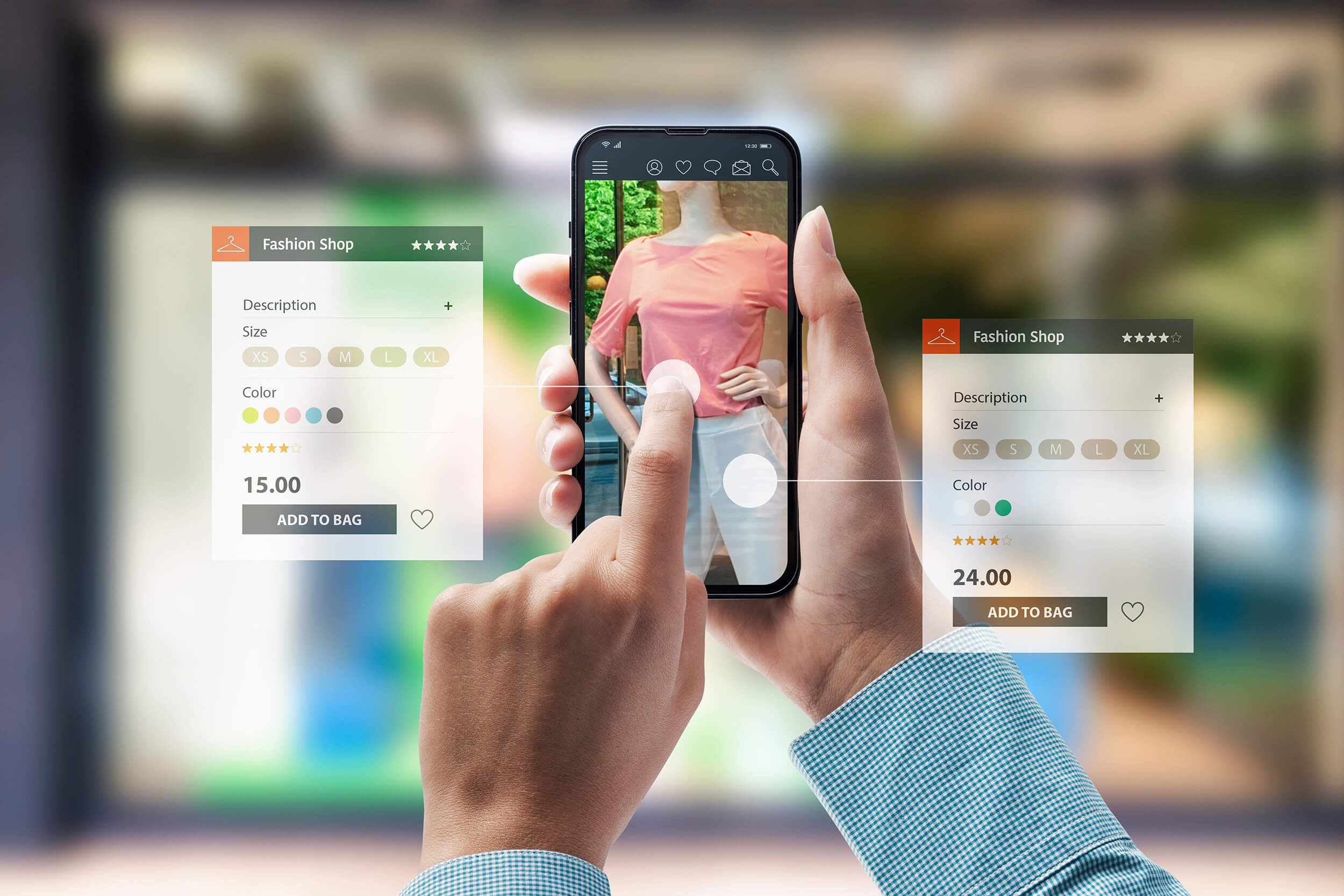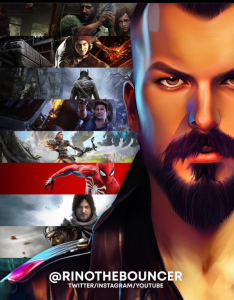
Introduction
In the ever-evolving world of streetwear, where trends can rise and fall with the scroll of an Instagram feed, there exists a rare breed of garments that transcend fleeting fashion cycles. These are the pieces that become foundational, that live not just in wardrobes but in culture. The Essentials Hoodie by Fear of God is undeniably one of those garments. Designed under the visionary leadership of Jerry Lorenzo, the Essentials line delivers the core philosophy of Fear of God—luxury meets everyday utility—at an accessible price point. The Essentials Hoodie is not just a hoodie; it’s a statement, a comfort staple, and a cultural artifact.
Genesis of the Essentials Line: A Minimalist Revolution
Before we dive into the hoodie itself, it’s essential to understand the roots of the Essentials line. Jerry Lorenzo founded Fear of God in 2013, and quickly it became one of the most influential names in high-end streetwear. Lorenzo didn’t follow traditional fashion school routes or inherited design codes; instead, he built his brand around intuition, spirituality, and American culture. His designs felt personal yet universal, often drawing inspiration from ‘90s sportswear, grunge, and hip-hop aesthetics.
In 2018, Fear of God Essentials emerged as a diffusion line with a simple purpose: to deliver everyday essentials at a lower price point without compromising the vision. The Essentials Hoodie is arguably the centerpiece of this approach. Designed with a pared-back elegance and constructed with the same thoughtfulness as its high-end counterpart, this hoodie immediately captured attention. The oversized silhouettes, muted tones, and subtle branding encapsulated the rise of “quiet flex” fashion—where less is truly more.
Fabric and Feel: The Luxurious Embrace of Everyday Wear
Let’s talk about what makes the Essentials Hoodie feel so different. First and foremost, the fabric. The cotton-poly blend used in most iterations is meticulously chosen for its structure and softness. It drapes with an effortless fluidity that looks just as good lounging on a couch as it does layered under an overcoat in a street style photo shoot. The hoodie is thick, but never bulky. It breathes but still insulates. It’s one of those rare garments that can carry you through seasons—autumn chill, winter frost, spring breeze—without feeling out of place.
The fleece lining on the inside cradles the skin with a comforting warmth. The stitching is clean and consistent, and every seam feels intentional. One of the hallmarks of Essentials is its elevated attention to detail: dropped shoulders for that perfect slouch, ribbed cuffs that hug without constriction, and a kangaroo pocket that adds function without disturbing the silhouette. It’s this harmony of comfort and construction that makes the hoodie more than just streetwear—it’s wearable architecture.
Color Palettes and Mood: Neutrals that Speak Volumes
One of the most compelling aspects of the Essentials Hoodie is its color story. While most streetwear leans on bold graphics and attention-grabbing hues, Essentials champions a muted, almost monastic palette. Think taupes, sands, greys, blacks, and off-whites—each one a masterclass in tonal dressing. These colors do more than just look good; they evoke calm, sophistication, and versatility.
The choice to focus on earth tones and monochromes allows the hoodie to seamlessly integrate into any wardrobe. Whether you’re pairing it with distressed denim, technical cargo pants, or wool trousers, the Essentials Hoodie anchors the outfit. Its simplicity becomes its strength, and in a world where everyone’s shouting to be seen, this hoodie whispers—and still gets noticed.
Logo as Language: Branding That Resonates
The branding on the Essentials Hoodie is subtle yet iconic. Usually placed at the center of the chest or back in a reflective rubberized print, the “ESSENTIALS” wordmark doesn’t scream for attention, but it unmistakably marks its territory. Underneath, the smaller “Fear of God” script reminds the wearer and the world of the lineage this hoodie comes from.
This balance of restraint and recognition is what gives the hoodie its power. It belongs to a class of fashion where the branding doesn’t have to dominate because the community already understands its significance. To the untrained eye, it may seem like just another hoodie. But to those in the know, it’s a badge of taste, a marker of cultural fluency, and a nod to minimalism elevated to an art form.
Silhouette and Fit: Oversized Done Right
The Essentials Hoodie popularized the oversized silhouette long before it became a fast-fashion staple. But while many brands have attempted to copy this shape, few have executed it as flawlessly. The fit of the Essentials Hoodie is both relaxed and structured. The dropped shoulders, wide chest, and slightly cropped hem create a boxy profile that feels modern yet timeless.
This silhouette flatters a variety of body types. It can be styled up or down, layered or worn solo, and always manages to look intentional. Unlike slimmer fits that can feel restrictive, or extreme oversized garments that verge on costume, the Essentials Hoodie nails that sweet spot—effortless cool. It doesn’t try too hard, and that’s exactly why it works so well.
Cultural Currency: From the Streets to the Studios
What elevates the Essentials Hoodie from a great product to a cultural phenomenon is its widespread adoption across music, sports, and street culture. It’s been spotted on NBA tunnel walks, in rap videos, on TikTok influencers, and even at Paris Fashion Week after-parties. This isn’t just because it looks good—it’s because it represents something deeper.
Wearing an Essentials Hoodie is like tapping into a broader cultural narrative. It speaks of a world where luxury is defined not by logos or loudness but by quality, intention, and authenticity. For the youth, it’s a way to participate in high fashion without paying high fashion prices. For tastemakers, it’s a uniform that communicates discernment. And for everyone in between, it’s just a damn good hoodie.
Styling the Essentials Hoodie: Endless Possibilities
The true genius of the Essentials Hoodie lies in its versatility. Here are just a few ways to style it:
- Off-Duty Fit: Pair with matching Essentials sweatpants and chunky sneakers. Add a beanie and sunglasses for the ultimate “model off-duty” aesthetic.
- Layered Luxury: Wear it under a long trench coat or oversized blazer. Add tailored trousers and loafers to balance casual and chic.
- Street Uniform: Throw on distressed denim, combat boots, and a crossbody bag. Layer with a flannel shirt or utility vest for edge.
- Minimalist Elegance: Tuck it into pleated slacks, roll the sleeves slightly, and add clean white sneakers. Keep accessories minimal—a gold chain or leather watch will do.
Whatever your personal style, the Essentials Hoodie bends to your will. It’s a blank canvas with just enough detail to stand on its own.
Why the Essentials Hoodie is More Than Just Hype
With so many brands chasing virality and trends, what sets the Essentials Hoodie apart is its longevity. This isn’t a piece built for one season or one post. It’s crafted to live in your closet for years—to age well, to adapt, to endure. It’s an investment not just in fashion, but in identity. In a world of noise, the Essentials Hoodie is clarity. In a landscape of overdesign, it’s restraint.
It doesn’t need constant reinvention because it was designed right from the start. The design doesn’t chase trends; it quietly shapes them. And that is perhaps the most compelling reason why it continues to dominate the modern streetwear scene.
Final Thoughts: The Everyday Luxury We All Deserve
In an era where fast fashion and disposable style often overshadow craftsmanship and intention, the Essentials Hoodie is a breath of fresh air. It reminds us that the best clothing isn’t about spectacle—it’s about substance. It’s about how a piece makes you feel when you wear it. Confident. Comfortable. Considered.
Jerry Lorenzo’s vision for Fear of God Essentials is rooted in spirituality, American heritage, and honest design. The Essentials Hoodie is the manifestation of that ethos. It’s a love letter to those who find beauty in simplicity, who understand that fashion doesn’t have to be loud to be powerful.
So whether you’re dressing for comfort, for expression, or for something in between, the Essentials Hoodie offers a solution. Not just a piece of clothing, but a companion in everyday life. That, ultimately, is what makes it essential.







































